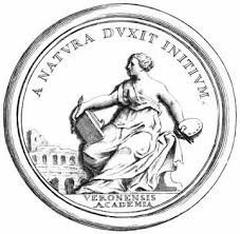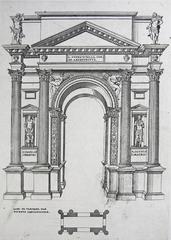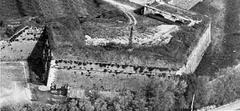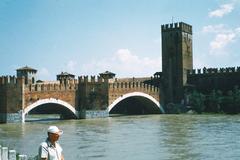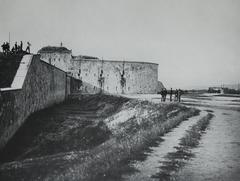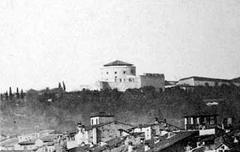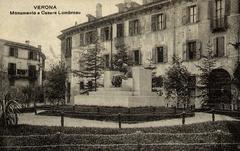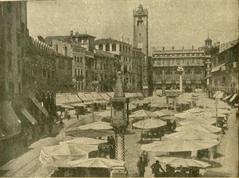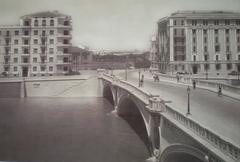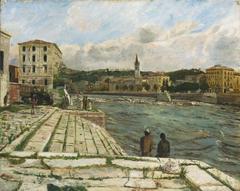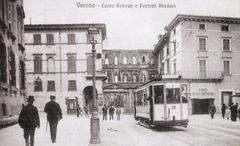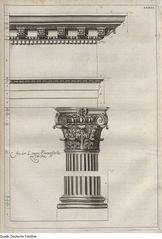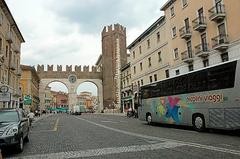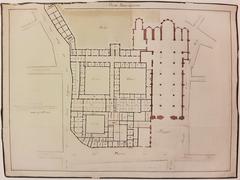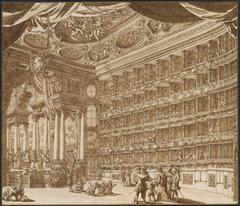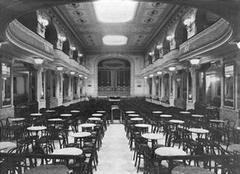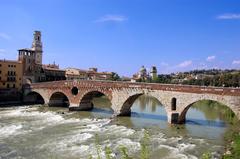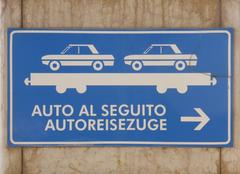
Casa di Giulietta Verona, Italy: Visiting Hours, Tickets, and Historical Sites Guide
Date: 04/07/2025
Introduction
Casa di Giulietta (Juliet’s House) stands as one of Verona’s most iconic sites, blending medieval architecture with the enduring legend of Shakespeare’s Romeo and Juliet. Situated at 23 Via Cappello in the heart of Verona, this historical building captivates visitors with its romantic ambiance, rich history, and literary significance. While the house’s direct connection to Shakespeare’s Capulets is unproven, its famed balcony, bronze statue of Juliet, and love-letter traditions have made it a pilgrimage spot for romantics and literature enthusiasts from around the world. This detailed guide covers everything you need to know about the history, cultural significance, visitor logistics, and must-see features at Casa di Giulietta.
Table of Contents
- Historical Background and Architecture
- Architectural Features
- Visitor Information
- The Balcony: Fact & Fiction
- Preservation and Restoration
- Cultural and Literary Significance
- FAQ: Visitor Questions Answered
- Tips for an Enjoyable Visit
- Conclusion
- References
Historical Background and Architecture
Medieval Origins and Early History
Casa di Giulietta originated in the 13th century as a fortified tower house owned by the Dal Cappello family, whose name echoes that of Shakespeare’s Capulets. The building’s earliest records describe it as the “hospitium in Capello,” a hospital chapel near the bustling Piazza delle Erbe. Medieval stonework, arched windows, and traces of the original tower remain visible, anchoring the site firmly in Verona’s historic core (Casa di Giulietta Official; History Hit).
Transformation Through the Centuries
Over the centuries, Casa di Giulietta transitioned from an aristocratic residence to a modest inn and, eventually, a celebrated museum. Interest in the site surged in the 19th and 20th centuries, culminating in the addition of the now-iconic balcony in the 1930s. This balcony, built from 14th-century marble fragments, was designed to evoke the romanticism of Shakespeare’s play, despite its lack of historical authenticity (TravelSetu; History Hit).
Architectural Features
Exterior Façade
The house’s façade is a harmonious blend of medieval and Renaissance elements, with distinctive brickwork, mullioned windows, and decorative stone details. The 20th-century balcony projects from the first floor and has become a global symbol of romance (Casa di Giulietta Official).
Courtyard and Bronze Statue
Entering through a narrow passageway, visitors arrive at a small courtyard, home to Nereo Costantini’s 1972 bronze statue of Juliet. Tradition holds that touching Juliet’s right breast brings luck in love, a ritual so popular that the original statue had to be replaced due to wear (History Hit). Since 2019, preservation efforts have limited graffiti and love notes to protect the historic stonework.
Interior Spaces
Inside, the museum recreates the atmosphere of a 14th-century Veronese home with period furnishings, costumes, and literary artifacts. The upper floors, reopened after recent renovations, feature exhibitions on the Capello family, the legend of Romeo and Juliet, and the evolution of the site (TravelSetu).
Visitor Information
Visiting Hours
- Tuesday to Sunday: 9:00 AM – 7:00 PM (last admission at 6:40 PM for the courtyard, 6:30 PM for the house)
- Closed: Mondays, December 25, January 1 (with occasional special openings on holidays)
- Hours may change seasonally; always check the official website before your visit.
Tickets and Admission
- Tickets are sold exclusively online—there is no on-site box office.
- Fees (July 2025):
- Adults (over 25): €22
- Seniors (over 65): €19
- Young Adults (18–25): €13
- Children (5–17): €10
- Under 5: Free
- Combined tickets including Juliet’s Tomb are available.
- A 10% presale fee may apply.
- Arrive 15–30 minutes before your time slot with your digital or printed ticket (tourispo.com).
Accessibility
- The courtyard and ground floor are accessible to visitors with mobility challenges.
- The historic balcony and upper floors have limited accessibility due to the building’s structure.
- Review specific details on the official website and contact ahead for accommodations.
Location and Nearby Attractions
- Address: Via Cappello 23, Verona, Italy
- Public Transport: Multiple bus lines stop nearby (Piazza Erbe and Via Stella stops).
- Parking: Use Parcheggio Cittadella, Parcheggio Arena, or Parcheggio Saba Isolo and walk to the site.
- Nearby: Piazza delle Erbe, Verona Arena, Torre dei Lamberti, Juliet’s Tomb (italyguides.it).
Special Events and Tours
- Special events, particularly around Valentine’s Day, bring concerts, themed markets, and guided tours.
- Book guided tours in advance for in-depth historical and cultural context (lifewithbugo.com).
The Balcony: Fact & Fiction
The balcony, though instantly recognizable, is a 20th-century addition crafted to satisfy the expectations of literary tourists. No historical evidence confirms its existence during the Capello family’s time, but it remains a powerful symbol of love and longing (Casa di Giulietta Official).
Preservation and Restoration
Heavy tourism requires ongoing conservation. The 2019 removal of graffiti from the walls was a key measure, and specific rules now help protect the interiors and public spaces. Respect for the building’s historic fabric is balanced with traditions that make the site vibrant and engaging (History Hit).
Cultural and Literary Significance
Symbolism and Traditions
Casa di Giulietta embodies the universal themes of love, devotion, and youthful passion. Rituals such as touching Juliet’s statue, leaving love letters, and participating in the “Juliet Club” letter-writing tradition connect visitors to the legend and to each other (gourmantic.com).
Tourism and Economic Impact
The site attracts hundreds of thousands of visitors annually, especially during Valentine’s Day festivities. This tourism supports local businesses and cements Casa di Giulietta’s place in Verona’s urban and cultural landscape (lifewithbugo.com).
Rituals and Popular Culture
The tradition of writing to Juliet has inspired volunteer groups like the Juliet Club, who respond to the thousands of letters sent each year. The site’s appearance in films such as “Letters to Juliet” and “Love in the Villa” has further amplified its cultural resonance (Solo Sophie).
FAQ: Visitor Questions Answered
Q: What are the Casa di Giulietta visiting hours?
A: Typically, Tuesday to Sunday, 9:00 AM to 7:00 PM; closed Mondays.
Q: How do I buy tickets?
A: Tickets are sold exclusively online via the official website.
Q: Is the balcony accessible to all visitors?
A: The ground floor and courtyard are accessible; the balcony and upper floors have limited access due to the historic structure.
Q: Can I take photos?
A: Personal photography is allowed; professional equipment requires special permission.
Q: Are guided tours available?
A: Yes, both general and themed guided tours are offered, especially around holidays and festivals.
Tips for an Enjoyable Visit
- Book tickets early, especially during peak seasons or holidays.
- Visit early or late in the day to avoid crowds.
- Bring only small bags; large items are not permitted inside.
- Check current hours and events on the official website before your visit.
- Consider combined tickets for Juliet’s Tomb and other attractions.
- Plan to explore nearby sites for a richer Verona experience.
Conclusion
Casa di Giulietta is more than a historic building—it’s a living testament to the enduring power of love, literature, and cultural tradition. Whether you are inspired by Shakespeare’s narrative, the rituals of romance, or the rich history of Verona, a visit to Casa di Giulietta promises memorable experiences and lasting impressions. For the latest updates, ticketing information, and visitor guidelines, always consult the official Casa di Giulietta website. Don’t miss the nearby Piazza delle Erbe, Verona Arena, and other enchanting corners of this remarkable city.
For further travel inspiration, download the Audiala app, follow us on social media, and read our related guides on Verona’s historical attractions.
References
- Casa di Giulietta Official, 2024 (Casa di Giulietta Official)
- History Hit, 2024 (History Hit)
- TravelSetu, 2025 (TravelSetu)
- traveltoitalyguide.com, 2024 (traveltoitalyguide.com)
- lifewithbugo.com, 2024 (lifewithbugo.com)
- gourmantic.com, 2024 (gourmantic.com)
- italguides.it, 2025 (italyguides.it)
- tourispo.com, 2025 (tourispo.com)
- Solo Sophie (Solo Sophie)
- Malorie’s Adventures (Malorie’s Adventures)
- Agriturismo Life (Agriturismo Life)
- Nomadic Niko (Nomadic Niko)
- Time Travel Turtle (Time Travel Turtle)
- Italien Expert (Italien Expert)
- World City Trail (World City Trail)




